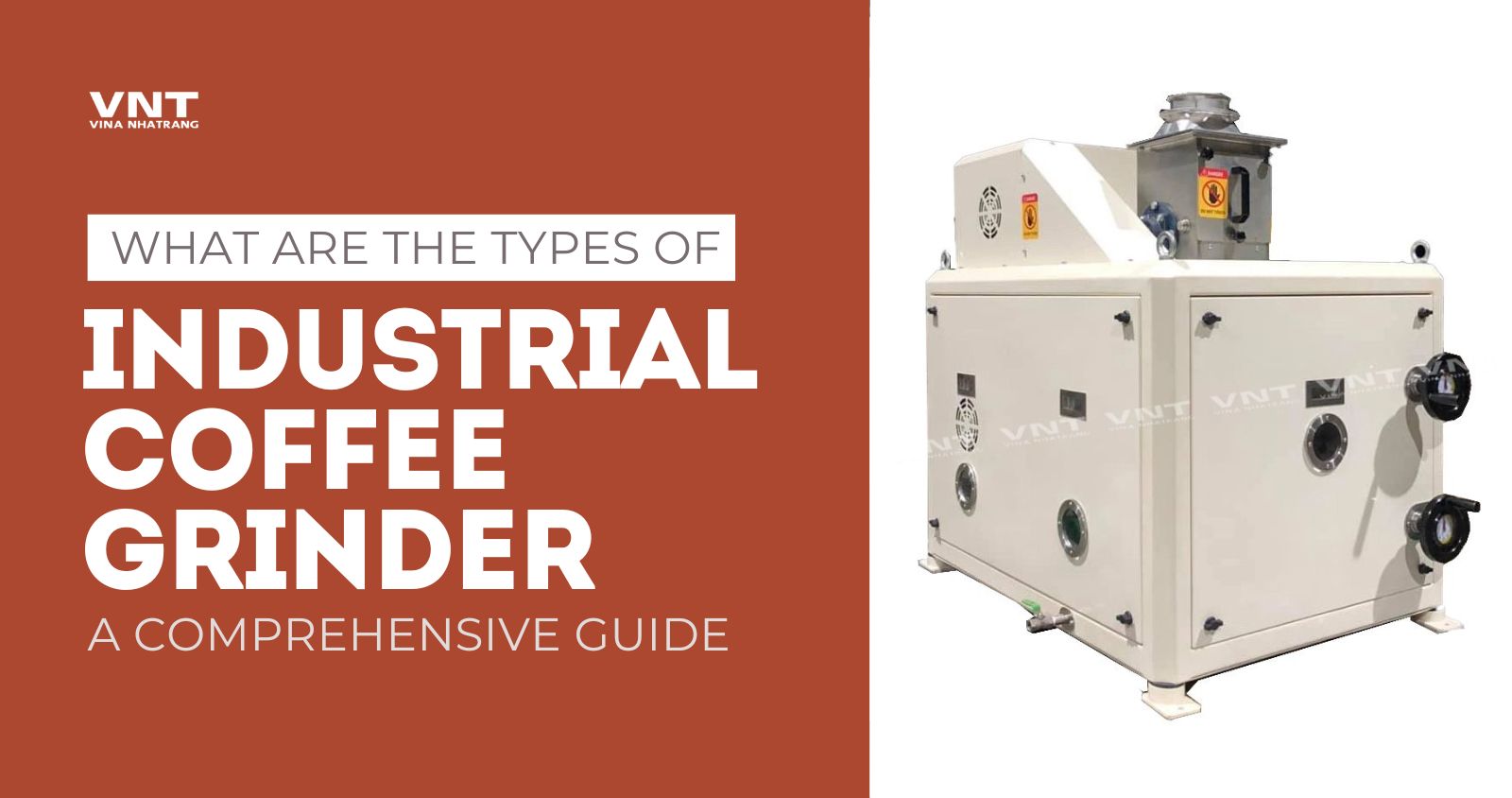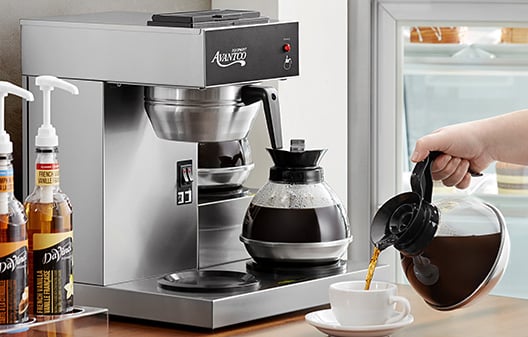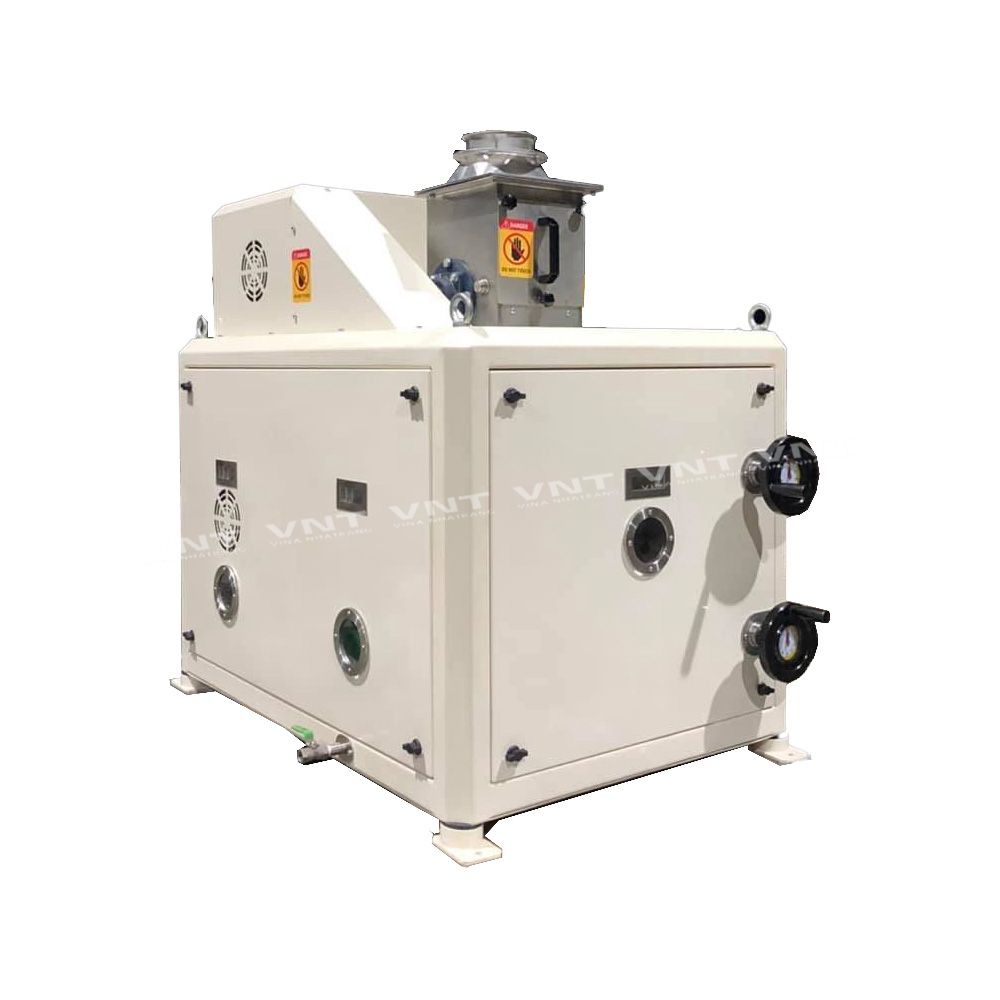Industrial Coffee Grinder Guide: Boost Effectiveness and Quality
In the competitive landscape of coffee production, choosing the appropriate commercial coffee grinder plays a crucial duty in enhancing both performance and product quality. Recognizing the subtleties of numerous mill types and essential features-- such as personalized work setups and robust building-- can significantly influence the final flavor account of the coffee.
Understanding Grinder Types
When selecting an industrial coffee grinder, comprehending the numerous kinds available is critical for optimizing both taste removal and functional effectiveness. The two key sorts of grinders are blade mills and burr mills. Blade grinders use sharp blades that chop coffee beans right into inconsistent dimensions, resulting in unequal removal and possibly unwanted tastes. While blade mills are commonly much more economical and ideal for small-scale procedures, they are generally not suggested for industrial usage.

Inevitably, choosing the appropriate sort of grinder is integral to keeping high quality and performance in coffee production, making it crucial for companies to spend in top notch burr mills for optimal outcomes.
Secret Features to Take Into Consideration
Selecting a commercial coffee mill needs mindful consideration of a number of vital features that can substantially affect both efficiency and the general coffee experience. One of the main facets to review is the grinding system. Burr grinders are typically preferred over blade mills, as they offer a regular work size, which is crucial for optimum extraction and flavor.
An additional crucial feature is the grinder's capacity. A versatile grinder with multiple settings enables you to customize the work size to various developing techniques, improving the coffee's taste account.
Review the grinder's sound degree, specifically in a busy coffee shop or manufacturing environment, where excessive noise can be turbulent. Spending in a mill that stabilizes these features can substantially enhance both functional efficiency and the top quality of the coffee served.
Optimizing Grinding Refine
To achieve the ideal outcomes in coffee prep work, enhancing the grinding procedure is crucial. The grind dimension considerably influences extraction, taste, and general high quality of the brewed coffee.


In addition, keeping an eye on the grinding speed can maximize the procedure. Slower grinding often produces less warmth, preserving delicate flavors and scents. Conversely, quicker grinding might produce extreme warm, adversely affecting the coffee's top quality.
Upkeep and Treatment Tips
Correct maintenance and treatment of industrial coffee mills are vital for ensuring optimal efficiency and durability. Normal cleaning is the structure of upkeep; residue build-up can impact flavor and grinding efficiency. It is recommended to clean the mill after each usage, wiping click site down the exterior and getting rid of any kind of coffee premises from the burrs.
Furthermore, evaluate the grinding burrs for wear and tear. Plain burrs can jeopardize grind uniformity, so they must be changed as required. Industrial Coffee Grinder. Periodically adjusting the grinder is also crucial, as this maintains the wanted grind dimension for different developing approaches
Lubrication of relocating parts should be executed according to the producer's specifications, as this lowers rubbing and prolongs the life of the tools. It is vital to utilize food-grade lubricants to ensure safety and security and compliance with wellness guidelines.
Lastly, maintain the grinder in a secure and dry setting to avoid corrosion and rust. By see this page sticking to these upkeep and care suggestions, operators can improve the efficiency of their industrial coffee mills while guaranteeing high-grade outcome and expanded operational life.
Return on Investment Analysis
Examining the return on investment (ROI) for industrial coffee grinders is vital for businesses looking for to optimize their coffee production capabilities. A detailed ROI evaluation helps identify the monetary stability of buying high-quality grinders, enabling services to consider the initial costs versus potential gains.
To perform a comprehensive ROI analysis, businesses should consider numerous essential elements. Assess the purchase rate of the mill, including installation and any kind of needed alterations to existing facilities. Next, calculate operational expenses, including energy intake, upkeep costs, and labor performance renovations. High-performance mills usually cause decreased grinding time and enhanced throughput, which can significantly improve efficiency.
Additionally, take into consideration the effect on product high quality. Industrial Coffee Grinder. Superior grinders produce an even more constant grind dimension, which can improve taste accounts and consumer complete satisfaction, eventually driving sales. By increasing the high quality of the final product, services can justify greater pricing, resulting in boosted profits
Conclusion
In summary, a commercial coffee mill plays a pivotal function in boosting both performance and item quality within coffee production. By picking high-grade burr grinders furnished with crucial functions such as adjustable grind settings and resilient construction, services can make sure optimum flavor removal. Normal maintenance is vital for maintaining mill efficiency and making the most of client complete satisfaction. Inevitably, the critical investment in a reliable mill adds significantly to boosted revenue and competitiveness in the coffee market.
In the competitive landscape of coffee production, picking the right commercial coffee mill plays a pivotal function in boosting both effectiveness and product top quality. The two key types of grinders are blade grinders and burr mills. Within the burr grinder classification, there are flat burr mills and cone-shaped burr mills, each with its advantages. Burr mills are generally favored over blade grinders, as they offer a regular work dimension, which is crucial for optimal extraction and taste.
In recap, a commercial coffee mill plays an essential function in improving both efficiency and item top quality within coffee manufacturing.